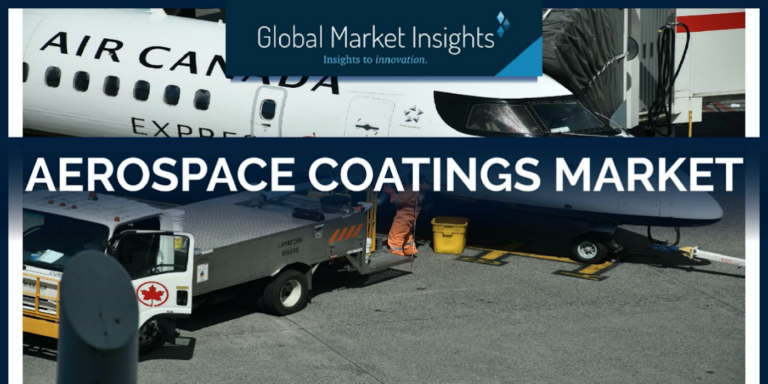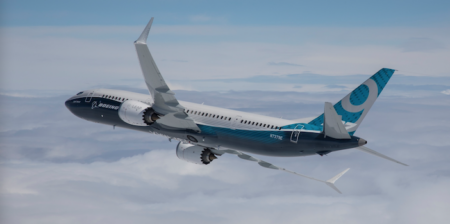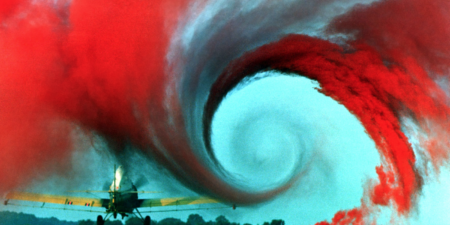Rising demand for commercial aircraft, driven by the growing need to replace ageing aircraft fleets, is expected to boost industry growth over the period to 2026, a result of which is that the aerospace coatings market is expected to exceed US$1.2 billion by that time.
Aerospace coatings are used across every type of aircraft, be it military, commercial or spacecraft. A significant rise in disposable consumer income over the past decade has resulted in a rapid upsurge in air travel, particularly short-haul routes. Growing numbers of air passengers across the globe and the subsequent increase in commercial aircraft production will augment the aerospace coatings market forecast in the upcoming years.
Considering the applications of these coatings, the interiors segment will witness growth at more than 6.5% CAGR during the projected timeline. Airlines are increasingly focusing on enhancing the overall travel experience for customers. A growing focus on interior upgrades and cabin modifications will propel product demand in interior coating applications.
In terms of the technology used, solvent-based coatings will likely dominate the aerospace coatings market share in the near future. Solvent-based coatings are among the most widely used aerospace coatings. On the other hand, the presence of strict environmental regulations in the coatings industry is encouraging aircraft makers to switch to alternatives, such as powder and water-based coatings. The powder segment will capture more than 10% revenue share of the total aerospace coatings industry by 2026.
Maintenance, repair and overhaul (MRO) is anticipated to be the fastest-growing user segment up to 2026. This can be largely associated with ageing air carrier fleets and the growing need for MRO services. Meanwhile, the original equipment manufacturer (OEM) user segment is slated to generate over US$650 million in revenues by 2026. OEMs are ramping up their production facilities to meet the surging demand for commercial as well as military airplanes.
Commercial aircraft are projected to account for over 40% of the aerospace coatings market share. Shifting consumer preferences towards air travel and an increasing number of air passengers has resulted in increased demand for commercial airplanes. However, militaries in both developed and emerging regions are focusing on expanding their helicopter fleets for military applications. Industry share from the helicopter segment is poised to hit US$200 million in value by the end of the forecast timespan.
Epoxy and polyurethane are the most commonly used types of resins in aerospace coatings. Epoxy resin-based coatings are gaining immense popularity owing to their excellent strength, durability, and chemical resistance. Epoxy resins will capture more than 45% volume share up to 2026. Polyurethane resins will experience healthy growth throughout the study duration.
From a geographical perspective, the Asia Pacific aerospace coatings market is slated to garner over US$330 million over the analysis period. Growing commercial aircraft production and a rising number of air travellers will drive regional growth. Additionally, robust economic development in China, India, and Japan and rising disposable income levels will propel the aerospace sector revenues.
In developed regions such as Europe and North America, ongoing technological developments along with favourable government initiatives will fuel regional trends. North American aerospace coatings demand will also be driven by the presence of prominent aerospace players and increasing military and defence expenditure. PPG industries, Argosy International, The Sherwin-Williams Company, BASF, and Heinkel are among the leading suppliers of aerospace coatings.





